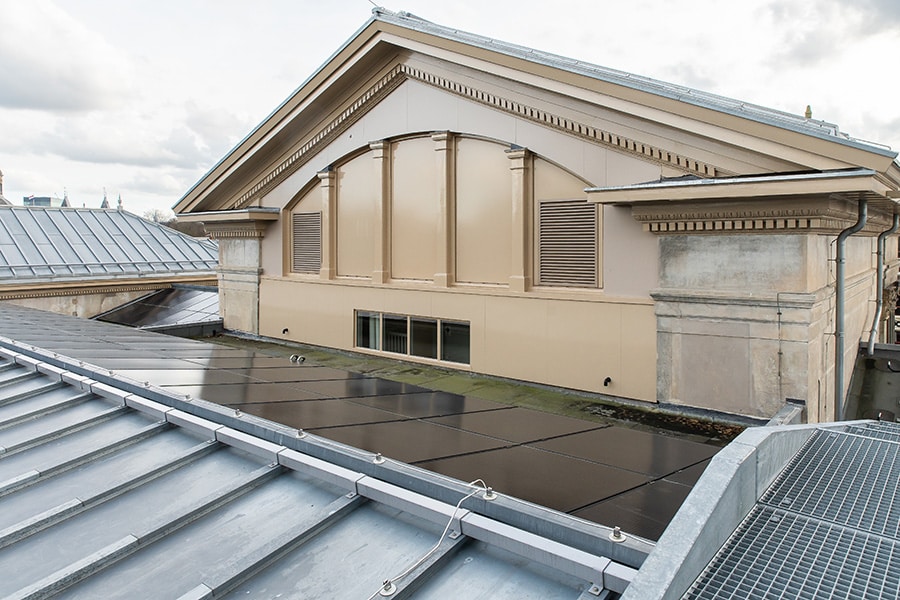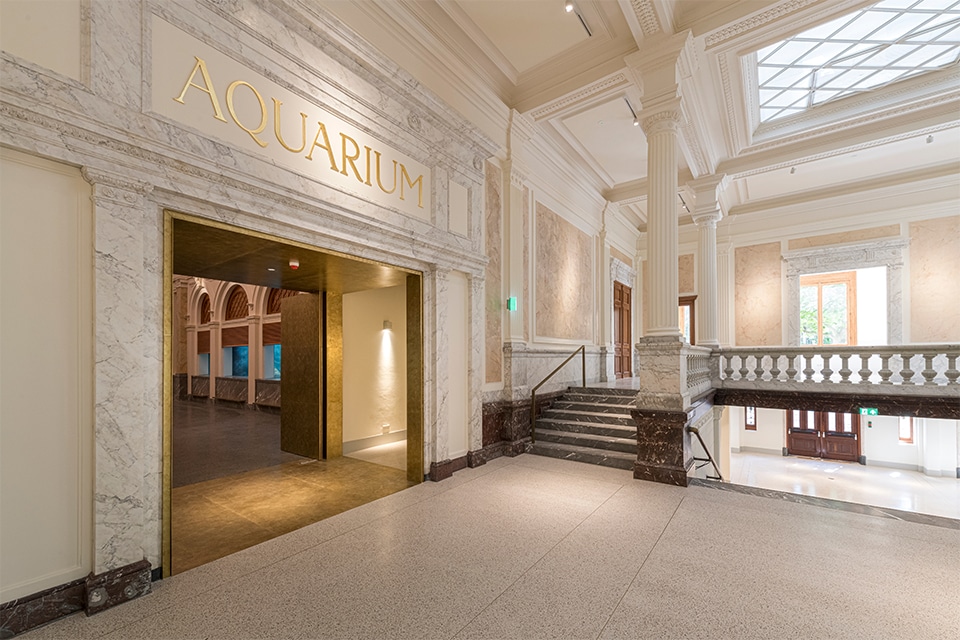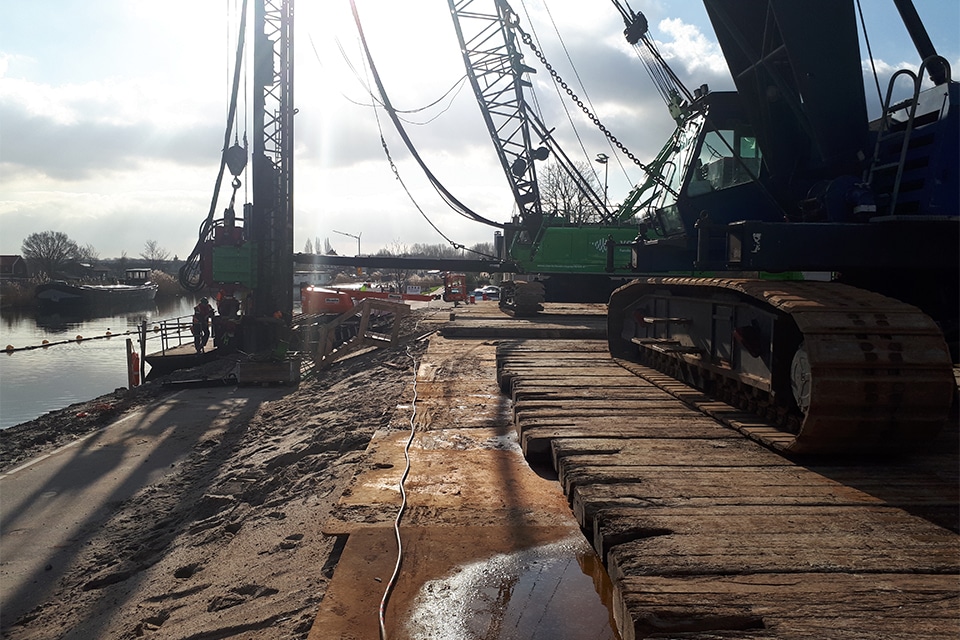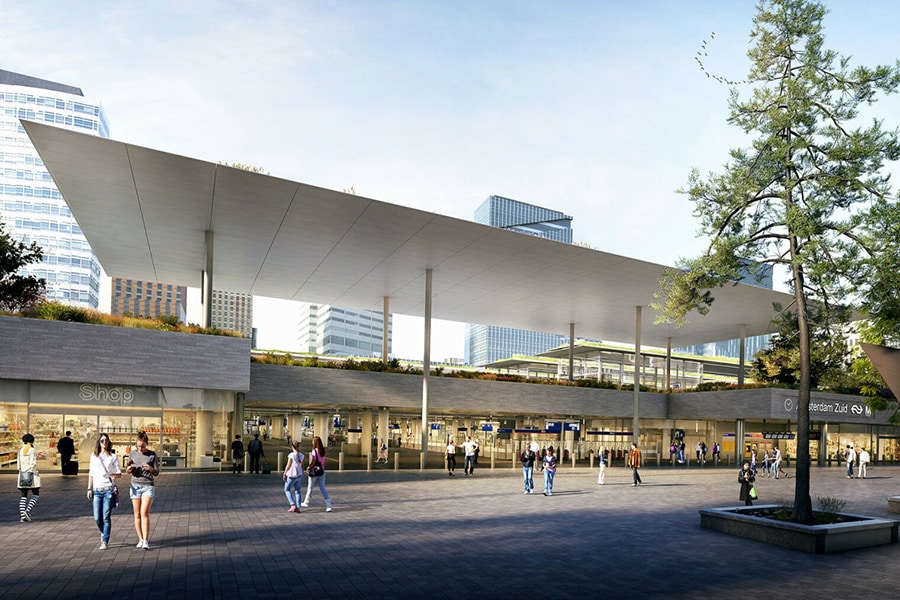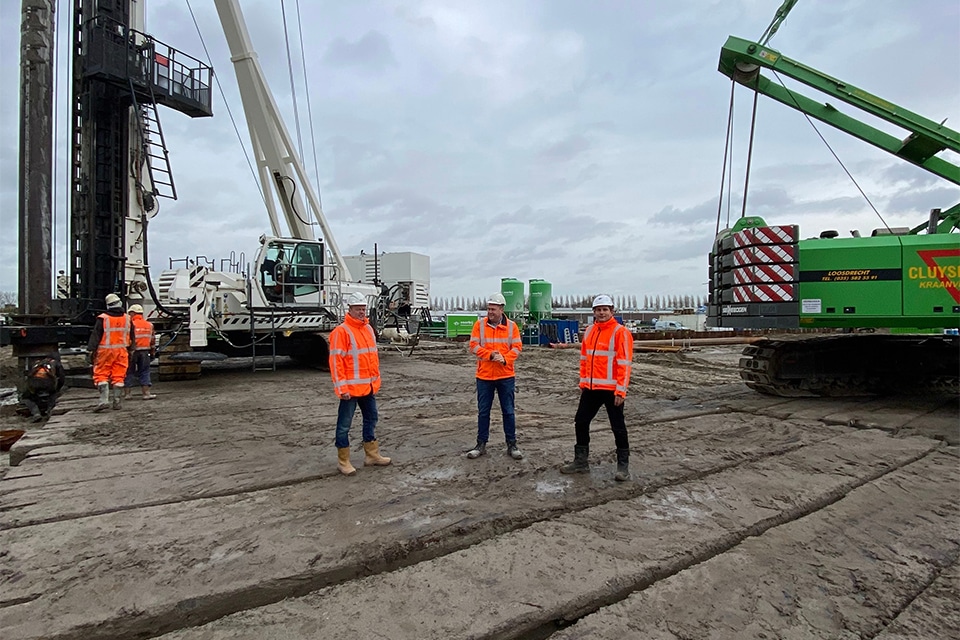
The supporting force under the infrastructure of project A16 Rotterdam
FOUNDATION COMBINATIONIS THE "INVISIBLE FRIEND" OF THE GREEN ARCH
"Without a foundation, nothing happens." A statement by Jan Leen van der Vlies, project director at Franki Grondtechnieken. Together with Voorbij Funderingstechniek, Franki Grondtechnieken forms the foundation consortium contracted by construction consortium De Groene Boog for the foundation work of project A16 Rotterdam. Jan Leen van der Vlies, Bart de Lange (project leader at foundation combination Voorbij-Franki at De Groene Boog) and Erik Sandifort (project leader at Voorbij Funderingstechniek) talk about a project of phenomenal size.
At the table early on
"We were involved from the tender phase," Van der Vlies says.
"For example, we had an engineer calculate pile, vibratory and pressure predictions, we investigated site accessibility for the heavy foundation machines, and we co-designed and participated in the final design (DO). In addition, we provided engineering capacity for De Groene Boog to create the execution design (UO) of 34 construction pits, i.e. ramp North, South and the closed section. Together with engineering firm M.U.C. and Hektec, the UO calculations were made for the sheet pile walls, outrigger frames and anchors."
Various works
The foundation combination can proverbially be seen as the "invisible friend" of The Green Arch. As imposing as both companies are in view during the execution of the work, their operations are invisible when the project is completed. De Lange notes, "At peak times, there were as many as 33 foundation machines working at the tunnel at the same time." Project A16 Rotterdam was divided into three sub-areas. Subarea 1 was located near the airport and included the slip roads of the A13, subarea 2 included the construction of the tunnel, and subarea 3 involved making the flyover over the A20/Terbregseplein. "Throughout the project we encountered a mix of artworks, both temporary and permanent," Sandifort outlines. "Our work was therefore very diverse: making earth retaining walls, pressing sheet pile walls, installing anchors, foundations with prefabricated piles (VSP), constructing pile mattresses and making combi walls. All disciplines of our trade passed by."
Rottemer Tunnel: piles placed with watchmaker precision
"For the construction of the tunnel, we constructed a sheet pile pit with sheet piles covering a length of approximately 7 km. About 9,000 VSP combi piles were then installed in the 2.2 km long tunnel section," De Lange lists. "Looking at the tunnel, we started with the culvert under Bergweg, there the first sheet piles were pressed and vibrated in April 2020. About 7 km of sheet piling, two longitudinal screens and compartmentalization screens in between. In the construction pit of the tunnel, we used four types of VSP combi pile, namely core Octicon 480/tube 610, core Octicon 430/tube 560, core #350/tube 560 and a type with 320 square precast core in tube 508. The Octicon 480/tube 610 is new, there we made special molds for the cores and drill tip." Van der Vlies says in conclusion, "The piles in the tunnel's construction pit were really installed with watchmaker precision." This extremely high dimensional tolerance was necessary because, unlike traditional working methods, the underwater concrete floor was directly implemented as a structural floor within this project. The piles therefore had to be within sharp tolerances in all directions so that the diving crews could install the underwater reinforcement baskets over the pile heads (with heavy GEWI rods embedded in them).
